.jpg?width=493&height=288&name=GettyImages-1158207879(1).jpg) Fitness center amenities, such as a Sauna or Steam room are amongst the most popular for members of all ages. Members seek these amenities for potential benefits for physical and mental well-being. In this blog, you will learn some potential benefits of using these amenities.
Fitness center amenities, such as a Sauna or Steam room are amongst the most popular for members of all ages. Members seek these amenities for potential benefits for physical and mental well-being. In this blog, you will learn some potential benefits of using these amenities.Some advantages associated with using sauna and steam room amenities include:
1) Relaxation and Stress Reduction:
- Both the sauna and steam room induce a state of relaxation and promote your sense of well-being by enhancing endorphins, natural mood enhancers, within your body.
- What are endorphins? Endorphins are a natural hormone released by the hypothalamus and pituitary gland within the brain which aids in relaxation, improved sleep, and overall well-being. Endorphins are released during times of exercise, eating, laughing with loved ones, etc.
- Saunas and steam rooms are known to be “heat rooms” which could be uncomfortable for some, but the heat induced within these rooms promotes muscle relaxation thus resulting in improved blood circulation to bring important nutrients to your sore and/or injured muscles.
- On the topic of blood circulation, saunas and steam rooms have a heat component that causes our blood vessels to dilate (or expand) thus allowing a better flow throughout the entire bodily system. In addition, this improved circulation is extremely beneficial for the center of our cardiovascular system – the heart.
- These “heat rooms” are beneficial for detoxification because what happens when we sit in a hot room for an extended period? We sweat. Sweating is our natural method of discarding any waste or toxins within our body thus cleansing the body and allowing us to feel rejuvenated after a “heat room” session.
- Related to detoxification, saunas, and steam rooms aid in skin health due to dilating (or expanding) our pores and allowing the discarding of dirt or dead skin cells. This is also connected to improved circulation due to the skin having a more radiant and clear appearance due to efficient blood flow throughout the body.
- If you’ve ever felt tired or ready for bed a few hours after a sauna and/or steam room session, don’t worry because it’s normal! This is caused by induced endorphins (function explained in Relaxation and Stress Reduction benefit of this blog) within the body and the overall body temperature being elevated due to being in the “heat room” and then being dropped after exiting. The time how efficiently one’s body temperature drops may vary, so some may become tired faster than others.
Food for thought: It's important to note that while many people find saunas and steam rooms beneficial, individuals with certain medical conditions, pregnant women, and those with cardiovascular issues should consult with a healthcare professional before using these amenities! Additionally, staying hydrated is extremely crucial when using saunas and steam rooms to avoid dehydration in the process.
1. Enter and leave quickly and quietly, closing the door completely.
2. Wear gym clothes, a swimsuit, or a towel.
3. Use a towel to sit on and wipe off your perspiration.
4. Never pour liquid on the rocks.
5. Maintain the relaxation vibe…don’t bring your phone and do not exercise.
This blog was written by Deveon Martin BS, NIFS Health Fitness Specialist.


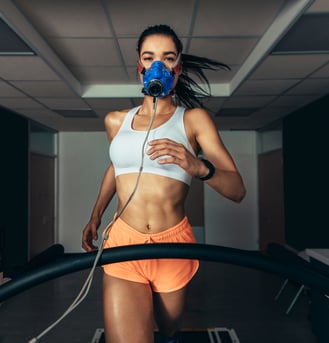 VO2 max testing, or graded exercise testing, is a treadmill run or cycle to volitional fatigue—or pretty much going until you must stop. The test will tell us how many liters of oxygen you are able to take in and use for cellular respiration.
VO2 max testing, or graded exercise testing, is a treadmill run or cycle to volitional fatigue—or pretty much going until you must stop. The test will tell us how many liters of oxygen you are able to take in and use for cellular respiration. 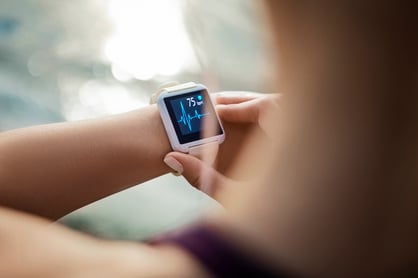 While training your cardiovascular system, it is important to understand how much you are stressing and overloading the system. Just like with your musculoskeletal system, there is a maximum rate your heart can achieve. The best way to discover this number is to undergo a maximal aerobic capacity test, but it isn’t necessarily practical or safe for all populations.
While training your cardiovascular system, it is important to understand how much you are stressing and overloading the system. Just like with your musculoskeletal system, there is a maximum rate your heart can achieve. The best way to discover this number is to undergo a maximal aerobic capacity test, but it isn’t necessarily practical or safe for all populations. 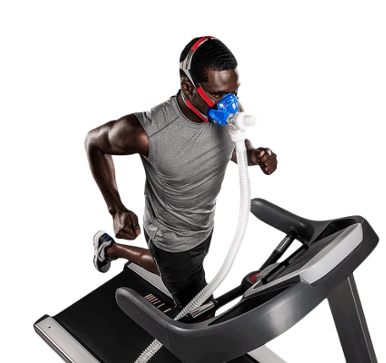 Fitness trends come and go, but heart-rate training is something that has been around for a long time; and due to its validity, I have a feeling it will not be leaving anytime soon. In fact, some places base their entire programming around your heart rate. And knowing your heart-rate training zone is actually a very useful tool for anyone—from the marathon runner to the three-times-a-week boot camp attendee!
Fitness trends come and go, but heart-rate training is something that has been around for a long time; and due to its validity, I have a feeling it will not be leaving anytime soon. In fact, some places base their entire programming around your heart rate. And knowing your heart-rate training zone is actually a very useful tool for anyone—from the marathon runner to the three-times-a-week boot camp attendee!
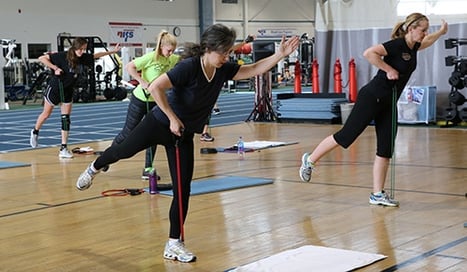 If you take a few minutes to google the various types of fitness training out there, you will come up with a list of about 10 different ones, and then 10 more different variations of each of those. And each year more and more “fitness trends” come out, making it quite confusing for the consumer as to what to choose and where to start. It can be confusing and even frustrating choosing what is right for you and your body.
If you take a few minutes to google the various types of fitness training out there, you will come up with a list of about 10 different ones, and then 10 more different variations of each of those. And each year more and more “fitness trends” come out, making it quite confusing for the consumer as to what to choose and where to start. It can be confusing and even frustrating choosing what is right for you and your body. 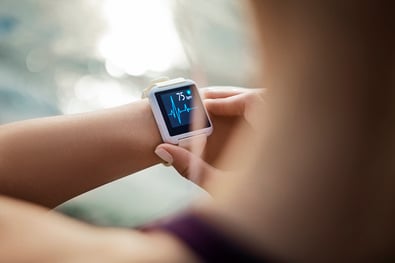 This type of training is specific to each individual and their personal zones. You can read more
This type of training is specific to each individual and their personal zones. You can read more 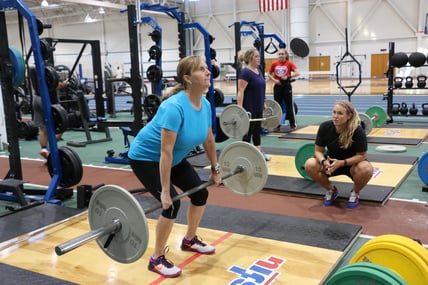 Strength training typically is done with heavy weight but can be done with lighter ones as well. This style of training is directly associated with Newton’s law: mass x acceleration = force.
Strength training typically is done with heavy weight but can be done with lighter ones as well. This style of training is directly associated with Newton’s law: mass x acceleration = force.  The New Year is just around the corner and many will be out to improve themselves on many levels in 2021, with health and fitness usually being number one on the list. If losing weight, increasing lean muscle tissue, and sculpting a lower half that will certainly turn heads, while all at the same time improving your heart health is what you are looking for, I have one answer. The use of sprints in the world of fitness and sport performance is nothing exceptionally new, but can be new to you. Actually, sprinting (fast, short bouts of running) was used to stay alive long before we used it as a mode of training.
The New Year is just around the corner and many will be out to improve themselves on many levels in 2021, with health and fitness usually being number one on the list. If losing weight, increasing lean muscle tissue, and sculpting a lower half that will certainly turn heads, while all at the same time improving your heart health is what you are looking for, I have one answer. The use of sprints in the world of fitness and sport performance is nothing exceptionally new, but can be new to you. Actually, sprinting (fast, short bouts of running) was used to stay alive long before we used it as a mode of training.  We know it is encouraged by fitness professionals, and included at the end of group exercise classes, but I want to ask you, personally: how many times after a workout do you actually take the time to cool down?
We know it is encouraged by fitness professionals, and included at the end of group exercise classes, but I want to ask you, personally: how many times after a workout do you actually take the time to cool down? 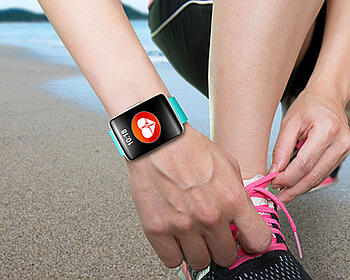 There are several different ways that you can train. Common training methods are interval training, total time and sets/reps, but heart rate training is
There are several different ways that you can train. Common training methods are interval training, total time and sets/reps, but heart rate training is